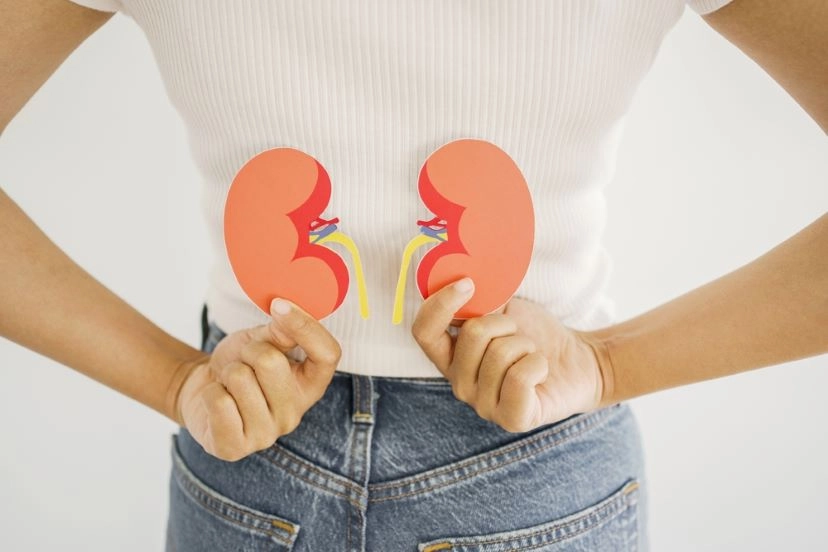Hemodialysis In Critically Ill Patients And Continuous Hemodialysis

Did you know that critically ill patients in hospitals have up to a 50% chance of developing acute kidney injury, and this condition is also one of the main factors that increase the risk of death in the intensive care unit (ICU). Renal Replacement Therapy (RRT) is therefore very important in saving the lives of these patients.
When is dialysis necessary?
Renal Replacement Therapy (RRT) is considered when patients have excessive waste or fluid in the body that medications and the original kidney function cannot adequately remove. Dialysis helps remove waste and excess fluid from the body.
Common types of renal replacement therapy include:
- Hemodialysis
- Peritoneal Dialysis
- Continuous Renal Replacement Therapy (CRRT)
What is CRRT and why is it important in critically ill patients?
Continuous Renal Replacement Therapy, or CRRT, is a dialysis technique specifically designed for critically ill patients with acute kidney injury or low blood pressure who cannot tolerate conventional hemodialysis.
Advantages of Continuous Renal Replacement Therapy (CRRT)
- Continuous waste removal: CRRT works slowly and continuously over 24 hours, safely removing waste and fluids.
- Reduces risk of hypotension: It has less impact on blood pressure than conventional hemodialysis, making it suitable for patients with low or unstable blood pressure.
-Treatment tailored to patient condition: Doctors can adjust the waste removal rate based on blood test results and individual patient symptoms appropriately.
Benefits of CRRT
- Effectively removes waste and fluids
- Allows control of dialysis rate suitable for the patient’s condition
- Less impact on blood pressure than conventional hemodialysis
- Suitable for patients with very low blood pressure or brain swelling
Precautions
- Requires specialized equipment and devices
- Requires close monitoring and blood test follow-up
- Some medications and nutrients may be removed more than usual, so dosage and nutrition must be adjusted according to the doctor’s recommendations
- Patients must remain in bed throughout the treatment period
When should Continuous Renal Replacement Therapy (CRRT) be chosen?
Doctors will consider using CRRT in cases where patients have acute kidney injury combined with low blood pressure, require vasopressor drugs, or have brain swelling. A dialysis catheter is inserted into a vein and the CRRT machine is used continuously during treatment. If the patient’s kidney function begins to recover and blood pressure stabilizes, continuous dialysis can be stopped.
How CRRT is performed
A dialysis catheter is inserted through a vein similar to conventional hemodialysis, but different machines and dialysate are used. The operation is adjusted according to the nephrologist’s orders. If kidney function improves and the patient’s blood pressure stabilizes, the doctor can stop continuous dialysis.
Continuous Renal Replacement Therapy (CRRT): An important option for critically ill patients
Continuous Renal Replacement Therapy, or CRRT, is an important treatment option for critically ill patients with acute kidney injury, especially those who cannot tolerate conventional dialysis. It offers safety and precise control. If you or someone close to you is in this condition, you should consult a nephrologist for appropriate information and treatment guidance.
Dr. Methinee Sutthiwaikit
Nephrology Specialist
Dialysis Center, Phyathai 2 Hospital


